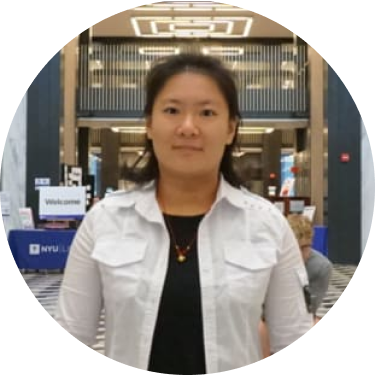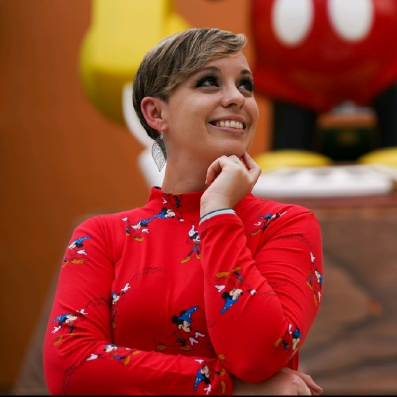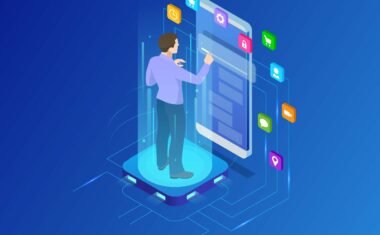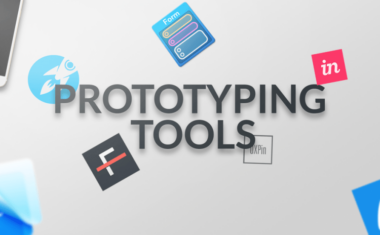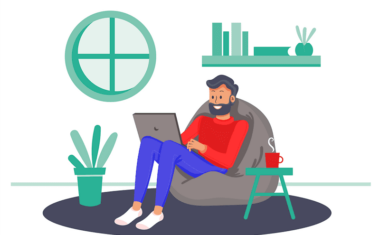How To Become a UX Designer in San Francisco [2023 Guide]
![How To Become a UX Designer in San Francisco [2023 Guide]](jpg/how-to-become-a-ux-designer-in-san-francisco-2023-guide-800x534.jpg)
In this article
- Is It Hard To Become a UX Designer in San Francisco?
- How To Become a UX Designer in San Francisco
- What Are the General Requirements To Land a UX Design Job in San...
- How Much Can You Make as a UX Designer in San Francisco?
- Which Companies Hire UX Designers in San Francisco?
- Tips To Land a UX Design Job in San Francisco
- Resources To Find UX Design Jobs in San Francisco
- How To Become a UX Designer in San Francisco FAQs
User experience jobs in San Francisco are plentiful, and with so many top companies hiring from the same pool, salaries and benefits are competitive. To land a job in the Bay Area, you’ll need to have skills, passion, and creativity—but what should you do to develop these traits and showcase them?
In this guide, we’ll cover everything you need to know on how to become a UX designer in San Francisco, from getting the right education, to where to look for job openings. We’ll point you toward useful resources and online courses, and then show you which companies to keep an eye on.
Is It Hard To Become a UX Designer in San Francisco?
It can be difficult to become a UX designer in any city, including San Francisco, because it’s a highly sought-after field. You’ll need a strong portfolio of work, a solid understanding of design principles, and the ability to communicate your ideas effectively. However, if you’re determined and study hard, you will have earned the skills to score a highly rewarding job, both in terms of compensation and workplace satisfaction.
How To Become a UX Designer in San Francisco
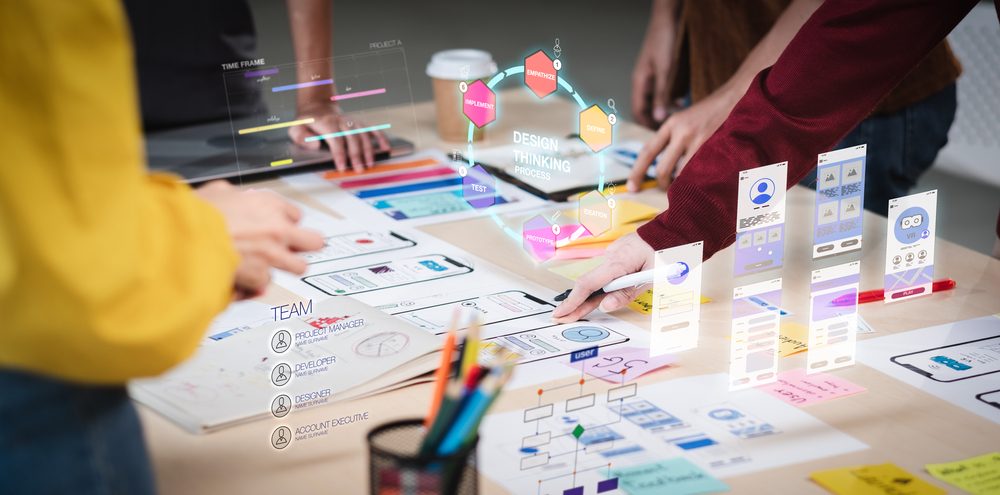
Although there’s a lot of competition for UX jobs in San Francisco, there’s also a lot of job availability, thanks to all of the big tech companies based in San Francisco and Silicon Valley. By following this guide, you’ll be able to compete for these sought-after positions and land your first UX design job.
-
Use Online Resources To Learn the Basics
-
Get the Required Education
-
Develop the Right Skills
-
Learn UX Design Tools
-
Build a Strong Portfolio With Freelance and Volunteer Work
-
Pursue an Internship To Get Your Foot in the Door
-
Tailor Your Resume to Each Role You’re Applying for and Practice for Each Interview
Use Online Resources To Learn the Basics
The first step to becoming a UX designer in any city is to use online resources to learn the fundamentals:
Ebooks
Books can make a great introduction to a new topic, as they focus on in-depth explanations of new concepts and subjects. Some popular UX design titles include:
- Don’t Make Me Think, Revisited: A Common Sense Approach to Web Usability
- The Elements of User Experience: User-Centered Design for the Web by Jesse James Garrett
- Designing Interfaces by Jenifer Tidwell
YouTube
Following a UX design channel on YouTube can help you get a visual idea of the work and how a designer’s day-to-day life looks. You’ll also find handy tutorials and explanations of concepts, in short, easy-to-digest videos.
Here are some of our favorite UX Design YouTube channels:
Blogs
Staying up-to-date with industry news and trends is a great habit, and it will encourage you to always be learning. Blogs are an efficient and fun way to get your fill of news and popular opinions. Here are a few great ones:
Online Courses
Before you choose a form of paid education, there are tons of free online UX design courses available to try first. They’re often introductory courses aimed at complete beginners, and you can find them for little or no cost. Here are a couple of good examples:
- Free UX Design Curriculum – Springboard
- HackDesign
- Google UX Design Professional Certificate – Coursera
Get To Know Other Design Students
Talayeh Motameni
Senior UX Designer at United Airlines
Yipeng Wang
UX Researcher at Google
Amber Hicks
UX Designer at Norfolk Southern
Get the Required Education
Once you’ve built up a foundation and you’re ready to start studying for real, it’s important to choose the right education for you and your goals.
University Degree
Traditional college degrees remain a popular form of education for those who want a degree in UX design. However, it’s important to remember that university degrees require a significant investment of both money and time, and many employers will also expect graduates to have completed an internship or other form of work experience.
Bootcamp
Bootcamps are condensed forms of education that are typically available both in-person and online. One of their biggest selling points is that they take students as beginners and train them to the point of being job-ready in under a year.
The curriculums at UX design bootcamps are very practical and hands-on, utilizing real-life projects to prepare students for their first jobs. Some bootcamps, like Springboard’s UX Career Track, also pair students with industry expert mentors so they can learn first-hand about the intricacies of the role and the industry in 1:1 calls.
Self-Taught
Since UX Design is a skills-based profession, a well-made portfolio of projects can showcase that you’re qualified for the job. This means that you can become a UX designer without a degree. If you’re suited to self-study, and you’re motivated to learn, you can use independent resources to equip yourself with all the skills you need.
Develop the Right Skills
The skill set required to become a UX designer can be broken down into two categories: technical skills and soft skills.
Technical Skills
Technical skills are the knowledge and experience needed to design systems and interfaces. Common technical requirements include:
- Knowledge of design software such as Adobe Creative Suite
- Familiarity with user research methods
- Experience with wireframing and prototyping tools, such as InVision and Balsamiq
- Understanding of HTML, CSS, and Javascript
- Knowledge of design principles and accessibility guidelines
Soft Skills
Soft skills, on the other hand, focus on communication, collaboration, and presentation. This includes:
- Empathy: in order to see things from the perspective of the users they are designing for
- Communication: to collaborate with colleagues, present to stakeholders, and gather feedback from users
- Creativity: thinking outside of the box in order to come up with original, innovative solutions
Learn UX Design Tools
UX designers use a range of tools to design and prototype interfaces, analyze usability, and gather feedback from users. Some popular ones include:
- Google Analytics: for analyzing business data
- Hotjar: for collecting data on user behaviors
- Figma: a collaborative design software
Build a Strong Portfolio With Freelance and Volunteer Work
Whether you have a college degree, a bootcamp education, or self-taught design skills, a strong portfolio is a necessity during the job search. Your portfolio should include multiple projects, showcasing both independent and collaborative work.
You can use projects you completed during your education, but you should also show passion and initiative by completing personal projects such as freelance and volunteer work.
Pursue an Internship To Get Your Foot in the Door
Internships are highly valued by employers and highly valuable experiences for junior UX designers. They’ll teach you how companies work, how development teams collaborate, and how colleagues communicate, in addition to giving you your first taste of large-scale projects with deadlines.
Depending on your education and your situation, the difficulty of landing an internship can vary. College students are often introduced to internships as part of their courses. For self-taught students, however, it can be more difficult if you’re not able to work for free. The most important thing to remember is that opportunities can appear at any time, so always be on the lookout for openings.
Tailor Your Resume to Each Role You’re Applying for and Practice for Each Interview
While it can be time-consuming, it’s incredibly important to tailor your job applications for each role. Show the companies your interest in their work, show them your compatibility and qualifications, and ask questions specific to their company.
It’s also smart to practice for each interview by reviewing information about the company, drafting questions to ask, and familiarizing yourself with common interview questions.
What Are the General Requirements To Land a UX Design Job in San Francisco?

There are many skills and experiences a company might ask for in a job listing, including interest and knowledge in a specific field. However, the most common and general requirements listed in UX design job descriptions are:
- A strong understanding of user-centered design principles and techniques
- Proficiency in design tools such as Sketch, Photoshop, and InVision
- Experience conducting user research, including conducting interviews and usability testing
- The ability to create wireframes, prototypes, and high-fidelity designs
- Excellent communication and collaboration skills
- A portfolio of design projects
- A bachelor’s or master’s degree in a field related to UX design
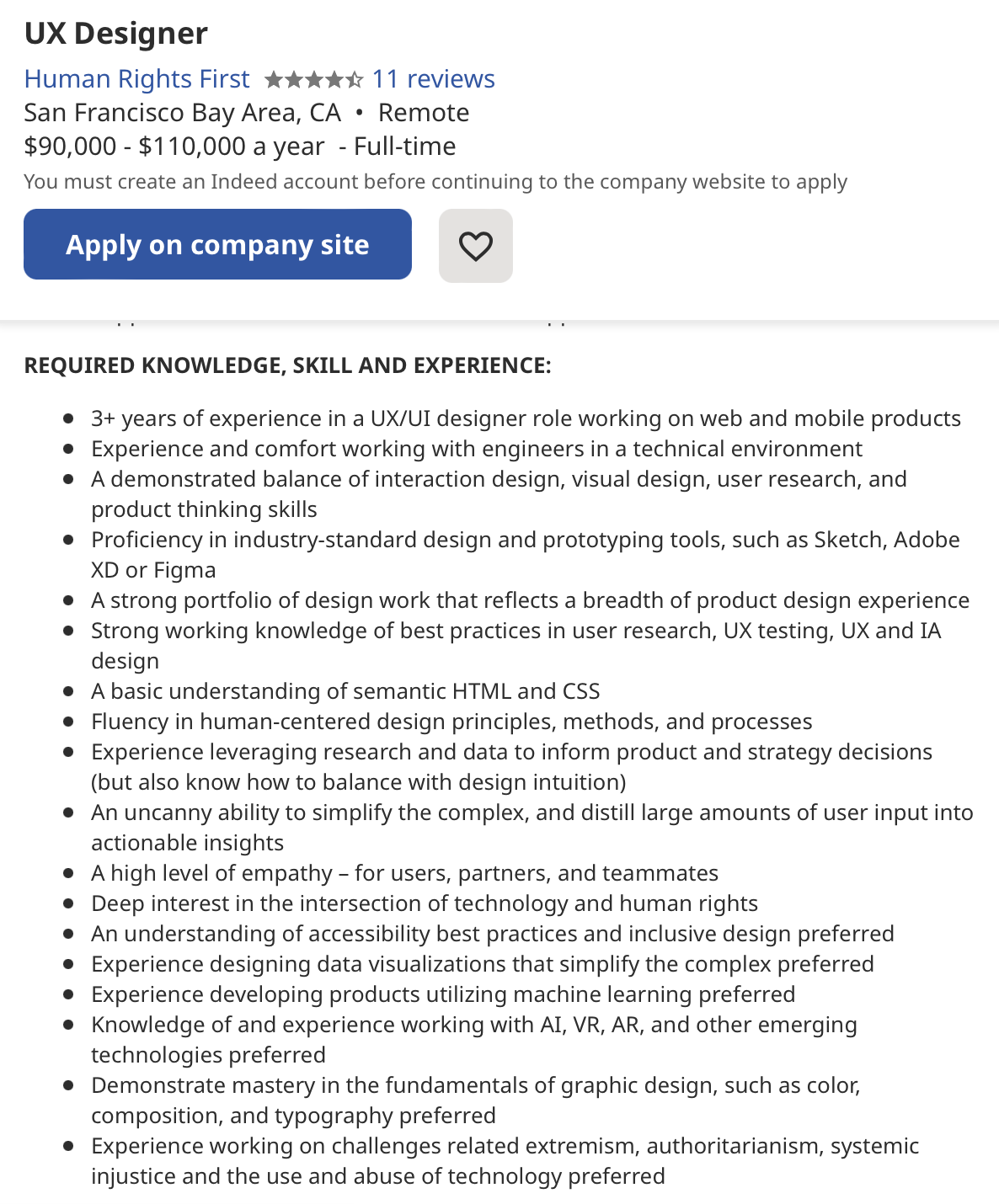
How Much Can You Make as a UX Designer in San Francisco?
San Francisco is home to some of the world’s largest companies, many of whom offer competitive salaries. An experienced UX designer with in-demand skills can find jobs at top companies like Google and Amazon that pay up to $233,279 per year.
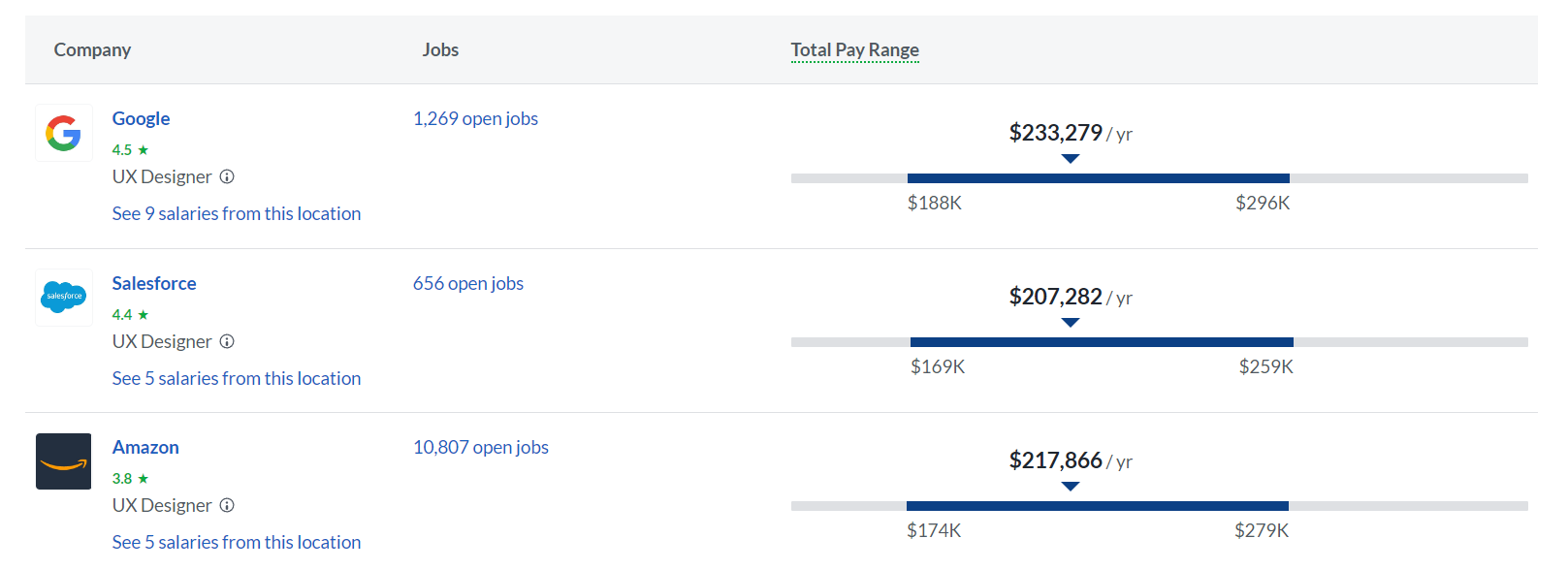
Junior UX Designer
Because it’s so competitive in San Francisco, juniors can often find themselves with a very respectable income with an entry-level UX job. Glassdoor data points to average designer salaries of $100,996 per year with 0-1 years of experience.
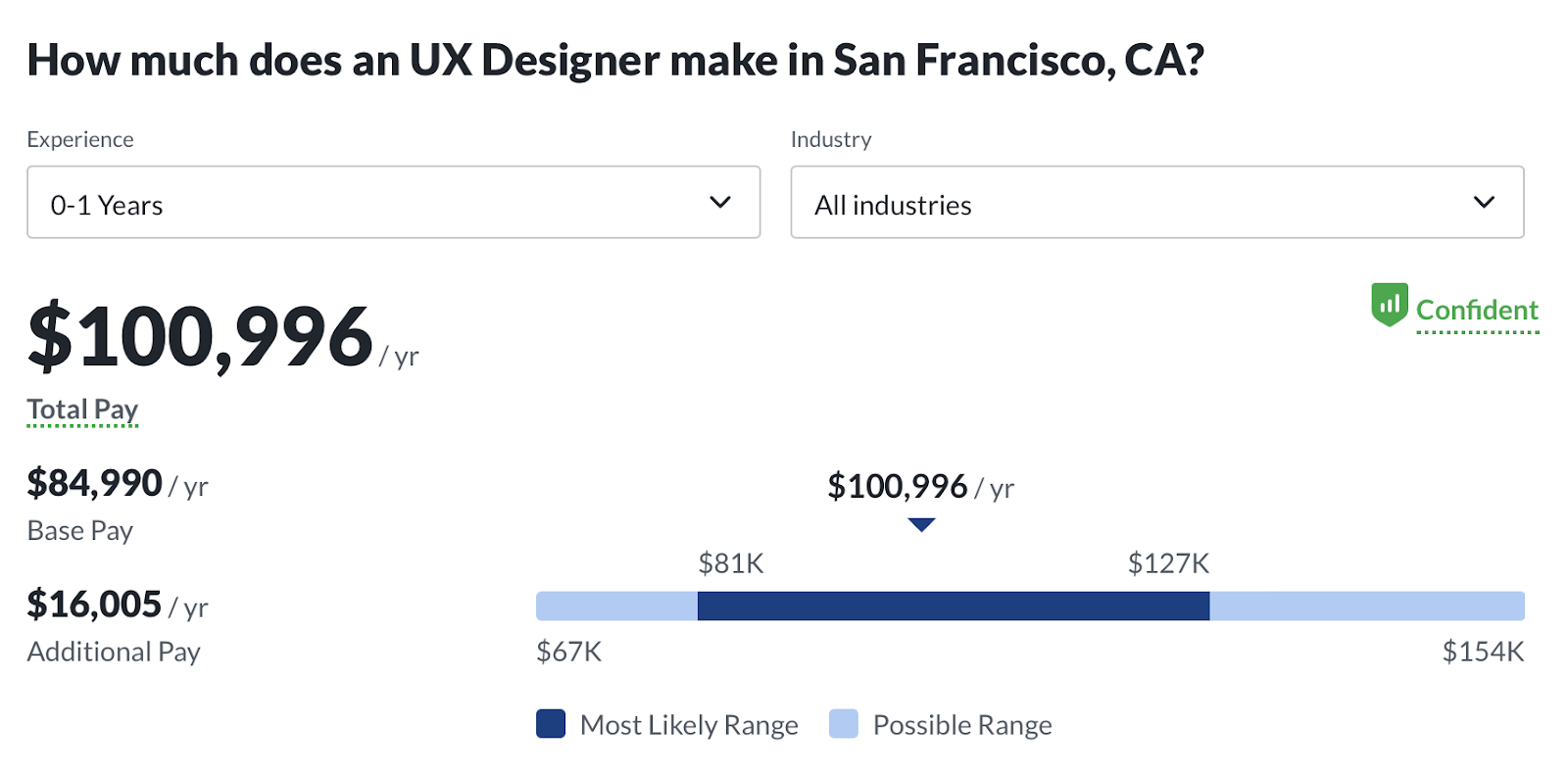
Mid-Level UX Designer
Mid-level designers with around 4-6 years of experience enjoy average designer salaries of $126,174.
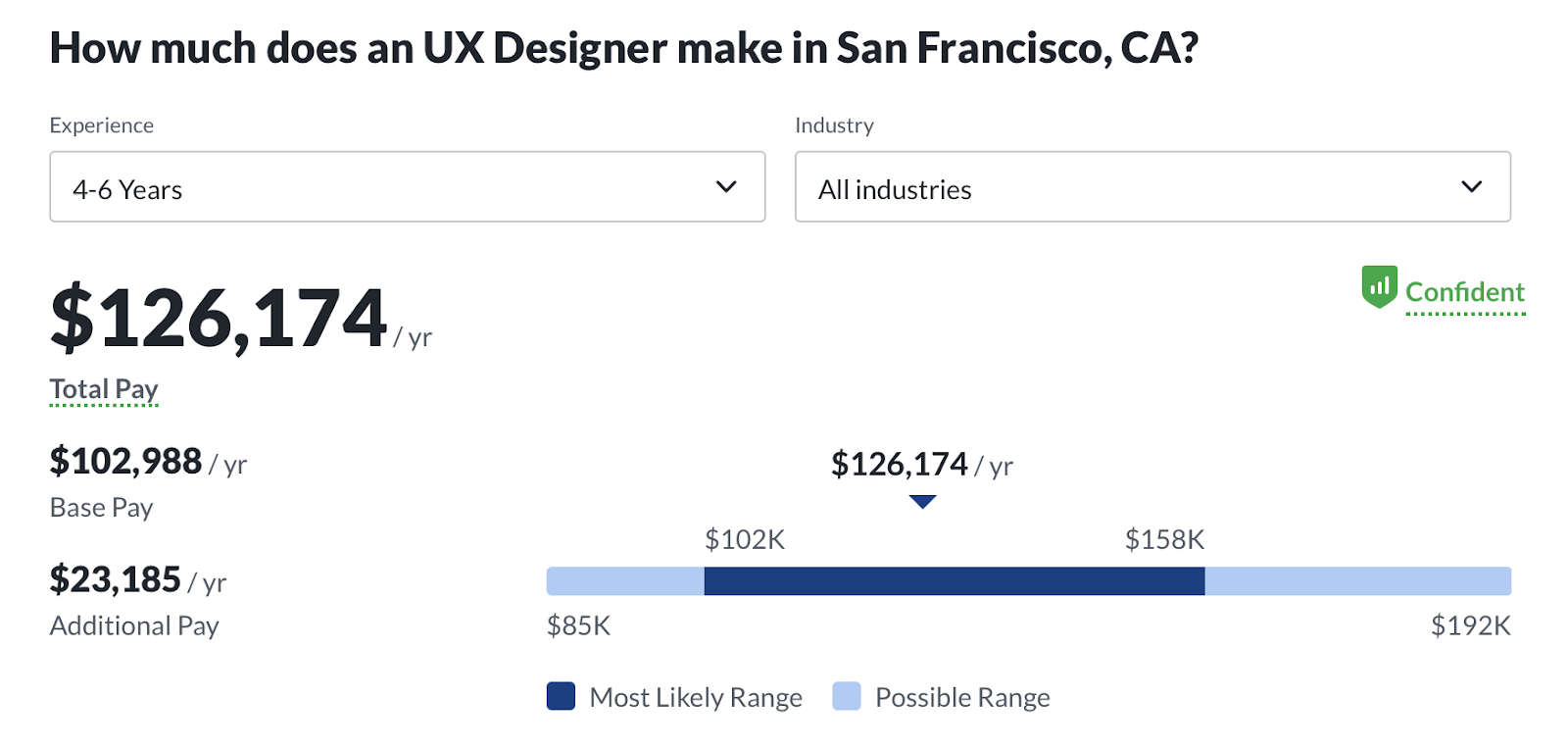
Senior UX Designer
Highly experienced and senior UX designers can make an average of $134,609 per year. But depending on the company, salaries can reach over $200,000.
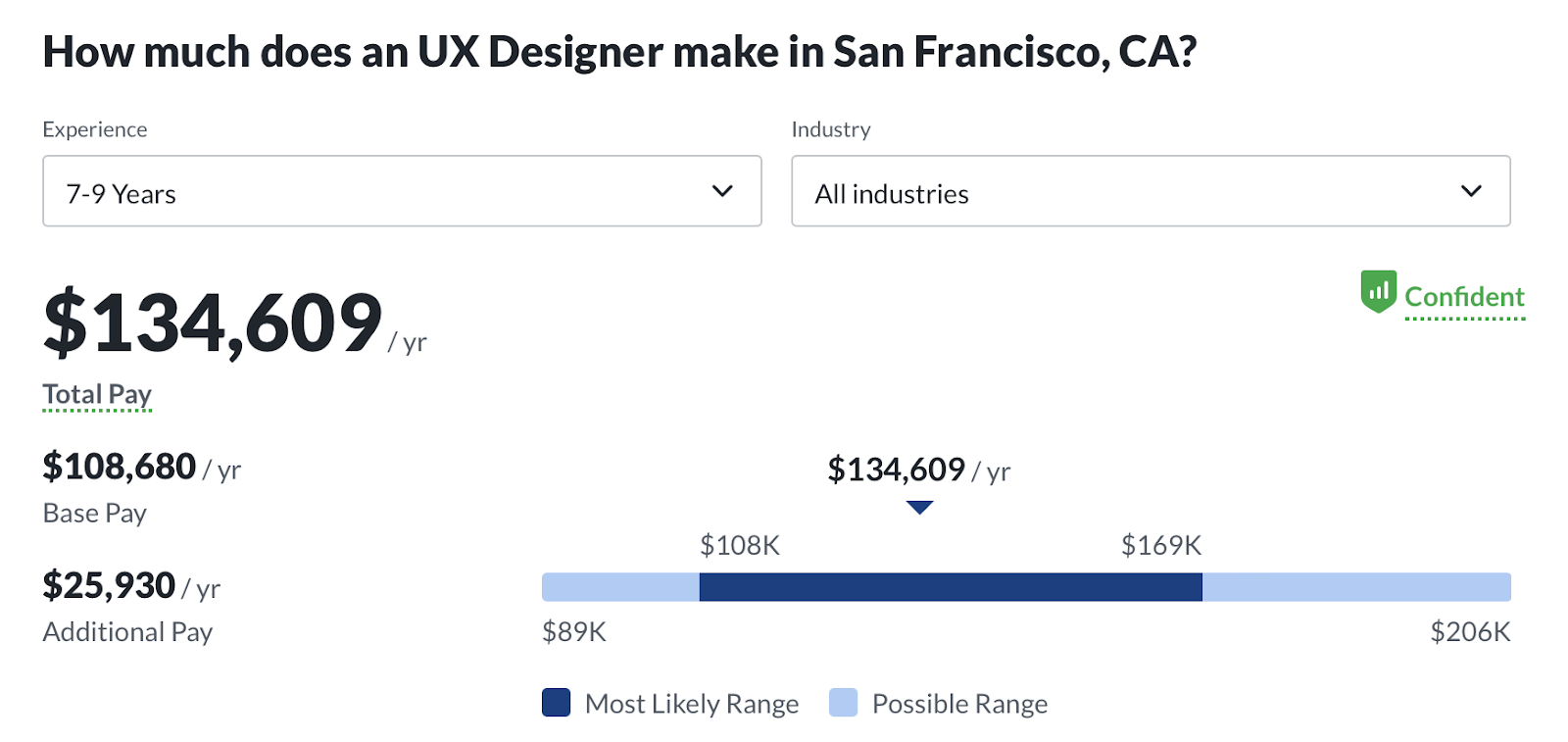
Which Companies Hire UX Designers in San Francisco?
Here are some UX companies in San Francisco that are hiring right now:
- Meta
- Netflix
- Autodesk
- Dropbox
- Adobe
- Twitch
- Salesforce
- Patreon
- Oracle
- Ubisoft
- Doordash
- Uber
- WarnerMedia
- Asana
- Cloudera
- Airbnb
- Cisco
- Lyft
Tips To Land a UX Design Job in San Francisco

The San Francisco Bay Area is home to the best of the best, so it’s important to show that you’re passionate, motivated, and capable of keeping up with the fast-paced environment. Here are our top tips to keep in mind during your job search:
The Tech Industry Is King
Tech companies in San Francisco provide plentiful and lucrative opportunities for UX designers, and it’s a great industry to focus your job search.
Your Portfolio Matters
Aim to impress with your portfolio. Show your competence, technical proficiency, creativity, and your passion through projects, designs, and ideas.
Show That You Consider the User
The UX industry is all about the user—who they are, what they do, what they want, what’s easy for them, and what motivates them. The more you understand about them, the better you can design for them. Always show the interviewer that you really understand this concept.
Find a Mentor
There’s a lot to learn about UX design that generally can’t be captured during education and training. To help you get a leg up when you join the industry, find a mentor that can show you the ropes of professional life and help you develop your career in design.
Your Network Is Your Net Worth
Knowing people and having people know about you is incredibly valuable as a young professional. If you want to be considered for events, projects, roles, or promotions, people need to know who you are first, so never miss a chance to grow your network.
UX Design Networking Opportunities in San Francisco
Here are some useful examples of networking opportunities for UX designers in the San Francisco Bay Area:
- Interaction Design Foundation’s San Francisco Community
- Women in Design SF
- Experience Design Summit
- Leading Design San Francisco Conference
Resources To Find UX Design Jobs in San Francisco

As well as checking company websites directly, you can also keep an eye out for job openings on various sites and in online communities.
Job Boards
LinkedIn and Your Network
To hear about jobs, you need to be an active player in the right circles. Use your network and participate on LinkedIn, and you’ll find good tips on new openings and opportunities.
Online Communities
From Discord servers to Slack groups and Reddit communities, information gets passed around in a lot of places. Being an active member of communities like those listed below can be beneficial, and hearing about job openings is just one of the perks.
- UX Mastery Slack Group
- User Experience Design Community on Reddit
- Interaction Design Association Slack Group
How To Become a UX Designer in San Francisco FAQs
We’ve got the answers to your most frequently asked questions:
Are UX Designers in Demand in San Francisco?
San Francisco is full of tech companies and startups, and almost all of them need a UX design team. So yes, UX designers are very much in demand. According to the U.S. Bureau of Labor Statistics, the employment of digital designers is projected to grow 23% from 2021 to 2031.
Has the UX Design Market Changed Post-Pandemic in San Francisco?
The pandemic did cause some shifts in the UX design industry, with demand going up and research methods changing to adapt to remote conditions. Even post-pandemic, many of these changes are finding a permanent place within the industry.
Can You Become a UX Designer Without a Degree in San Francisco?
Big tech companies in San Francisco are some of the leaders in the movement to stop including degrees as a hard requirement. Because of this, it is possible to become a UX designer with an alternative education and a strong portfolio.
Since you’re here…
If you’re looking to move into design, having strong UX and UI skills is a major edge. Our UI/UX Design Bootcamp has earned graduates jobs with the most competitive organizations on earth, and 99.5% of our students are fully employed within 12 months of graduation. Check out our student reviews for good feels, and If you’re totally new to the field, try our free intro course.

